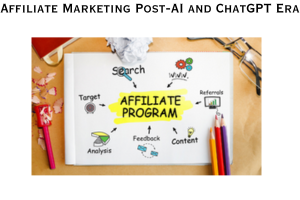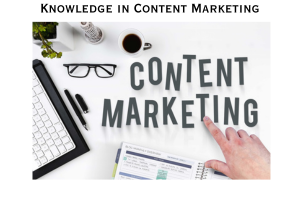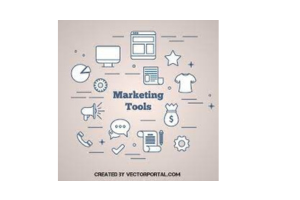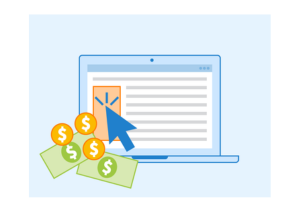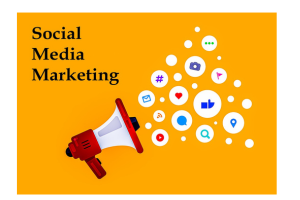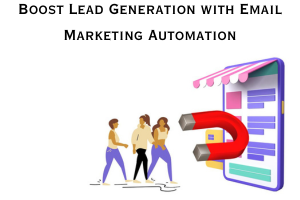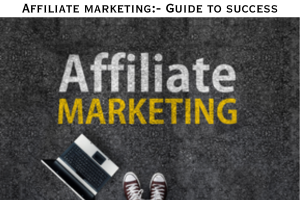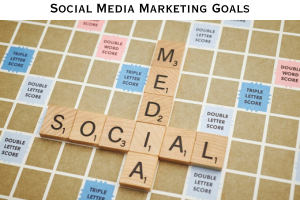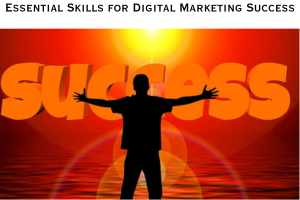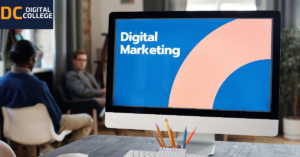Crafting Content for Google Articles, Websites, and Social Media Channels: Understanding the Differences
Content writing plays a crucial role in digital marketing, but the approach and requirements can differ depending on the platform. It si crucial to have the right knowledge in content marketing Whether you’re writing for Google articles, websites, or social media channels, it’s essential to understand the distinctions in style, structure, and optimization techniques. In this blog, we will explore the differences in content writing for these platforms, providing insights on how to tailor your content to engage your target audience effectively.
- Google Articles: Informative and SEO-driven Content
Google articles typically aim to provide comprehensive information on a specific topic. They are optimized for having content for social media and website, search engine visibility, and often follow a well-structured format with headings, subheadings, and bullet points. When writing for Google articles, it’s essential to conduct thorough keyword research to optimize your content for search engines. Focus on providing valuable insights, utilizing relevant keywords naturally, and organizing the information in a clear and concise manner. Incorporating authoritative sources, statistics, and external references can further enhance the credibility of your Google articles.
- Websites: Showcasing Brand Identity and Engaging Users
Websites serve as the online face of a brand and offer a broader range of content types, including landing pages, product descriptions, blog posts, and more. When writing for websites, it’s crucial to maintain a consistent brand voice and tone across different pages. Focus on highlighting the unique value proposition of your brand and engage visitors with compelling storytelling. Use a mix of informative and persuasive content to educate users about your products or services while addressing their pain points and offering solutions. Incorporate relevant keywords strategically, but prioritize readability and user experience.
- Social Media Channels: Concise, Engaging, and Shareable Content
Social media channels require a different approach due to their limited character count and emphasis on visual content. When writing for social media, brevity is key. Craft concise and attention-grabbing captions that align with the platform’s tone and style. Incorporate relevant hashtags to improve discoverability and encourage user engagement. Visual content, such as images, videos, or infographics, should be used to complement your written content and make it more shareable. Focus on creating content that evokes emotions, encourages interaction, and drives users to take action, whether it’s liking, commenting, or sharing.
- Tailoring Content for User Intent and Platform-Specific Features
Each platform caters to specific user intent, and understanding this intent is crucial for effective content writing. Google articles address users’ need for in-depth information, websites fulfill users’ intent to explore a brand or find specific products/services, and social media channels aim to entertain, inform, or inspire users in bite-sized formats. Additionally, consider platform-specific features such as featured snippets for Google, responsive design for websites, and character limits for social media channels. Adapting your content to suit these features enhances its visibility, user experience, and engagement.
Conclusion:
Content writing for Google articles, websites, and social media channels requires an understanding of the platform’s nuances and user expectations. Crafting informative and SEO-driven content for Google articles, maintaining brand identity and engaging visitors on websites, and creating concise, engaging, and shareable content for social media channels are essential strategies. By tailoring your content to match the platform’s requirements and user intent, you can effectively engage your target audience, increase visibility, and drive meaningful interactions. Keep these distinctions in mind as you develop your content strategy, and adapt your writing style and optimization techniques accordingly to achieve the desired results across different digital platforms. To further enhance your knowledge you must consider digital marketing courses.

